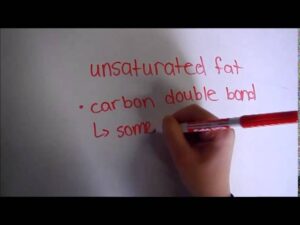Hysterectomy Removal of Uterus, Ovaries and Fallopian Tubes Surgery PreOp® Patient Education StoreMD™ for Physician videos: http://store.preop.com Patient Engagement and Education Company Your doctor has recommended that you have a hysterectomy with the removal of the ovaries and fallopian tubes. But what does that actually mean? Hysterectomy is the removal of the uterus – the organ that holds and protects the fetus during pregnancy. Hysterectomy often also involves the removal of other parts of the reproductive system, including the ovaries – where eggs are produced – the fallopian tubes which carry the eggs to the uterus and the cervix – or neck of the uterus. There are many different reasons why a doctor may recommend this kind of surgery. Patient Education In many cases, disease or the growth of abnormal tissue will lead a doctor to recommend the removal of the uterus, the ovaries and fallopian tubes. In some cases, unusually heavy menstrual flow and the accompanying discomfort may make hysterectomy an important treatment option for patient and physician to consider. But no matter what the reason behind it, you should be aware that the removal of the uterus and other reproductive organs is a serious step and it can mean significant changes in your life. Patient Education After having a hysterectomy, you will not be able to have children and if because your ovaries are removed as part of the procedure, you may even need to take medication to replace hormones that your body once produced on its own. So make sure that you ask your doctor to carefully explain the reasons behind this recommendation. Your Procedure: On the day of your operation, you will be asked to put on a surgical gown. You may receive a sedative by mouth and an intravenous line may be put in. You will then be transferred to the operating table. In the operating room, a nurse will begin preparation by clipping or shaving the abdomen. The anesthesiologist will begin to administer anesthesia – most probably general anesthesia. The surgeon will then apply an antiseptic solution to the skin place a sterile drape around the operative site… After allowing a few minutes for the anesthetic to take affect your doctor will decide whether to make a vertical or horizontal incision. An incision is made cutting through the skin and muscle of the abdomen. Next, the surgeon will inspect the general condition of the abdominal organs. Once the ovaries are exposed the uterus can then be separated from the bladder. All arteries, veins and ligaments connected to the uterus, ovaries and fallopian tubes are tied off and cut. Now the uterus can be pulled upward. This stretches the vagina – allowing the surgeon to cut the uterus free at the cervix. The surgeon closes the top of the vagina with stitches, and provides added support by attaching the ligaments that once held the uterus, ovaries and fallopian tubes in place. The incision is then closed and a drainage tube may be left inserted at the site. Finally, a sterile bandage is applied. Patient Engagement and Education Company
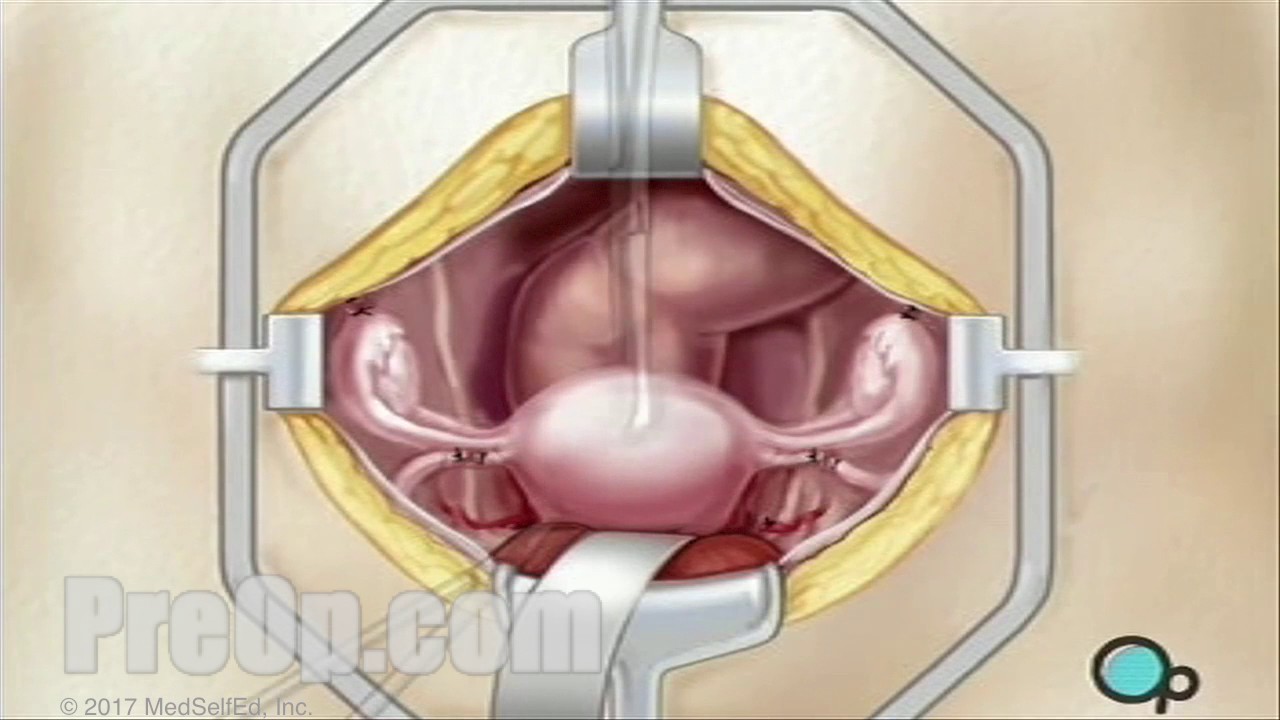
Hysterectomy Removal of Uterus, Ovaries and Fallopian Tubes Surgery PreOp® Patien Education
- Post author:admin
- Post published:October 15, 2021
- Post comments:0 Comments
You Might Also Like
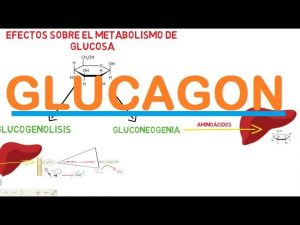
GLUCAGON

How to Fix Hair FALL & Hair THINNING | Important Tips by Guru Mann
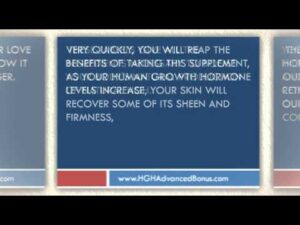
Benefits Of Human Growth Hormone Releasers
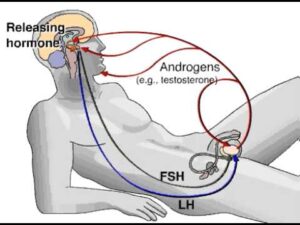
Male Hormones
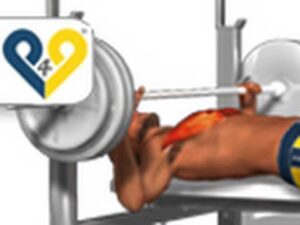
Chest Exercises: Bench Press
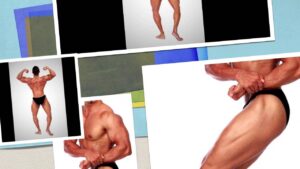
Malaysia Muscle Posing Trunk Now Available
Internal Organs

21 Metabolic Moves to Get You Shredded
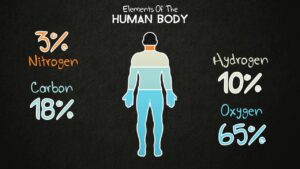
Elements of the Human Body
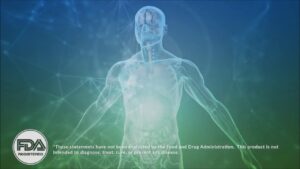
Human growth hormone bodybuilding
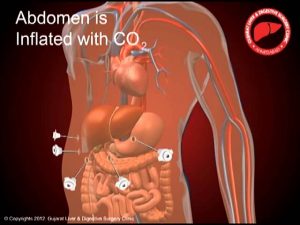
Laparoscopic Liver Resection ( By Gujarat Liver Cancer Clinic – Dr. Hitesh Chavda)
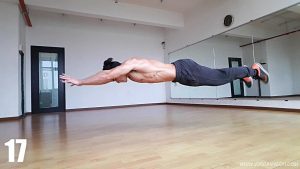
20 Types of Push Up
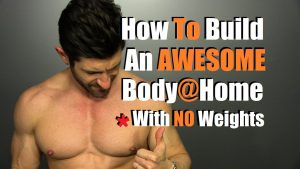
How To Build An AMAZING Body At Home | No Equipment Needed!!
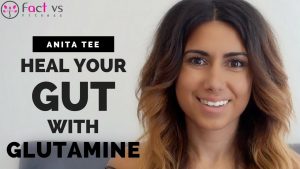
L-Glutamine for Leaky Gut Syndrome, IBS and Gut Health!

Propranolol information burst
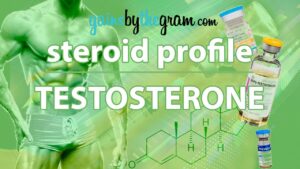
Testosterone & Androgenic Effects Video – 36

What is DOPPLER ECHOCARDIOGRAPHY? What does DOPPLER ECHOCARDIOGRAPHY mean?
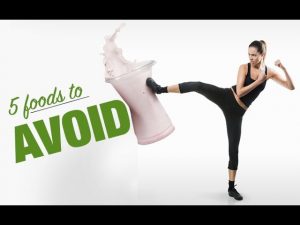
5 Worst Foods for Weight Loss (NEVER EAT THESE!!)
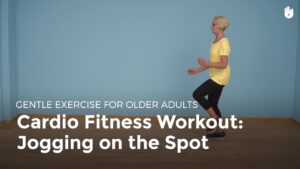
Aerobic Exercise: Jog on the Spot | Exercise for Older Adults
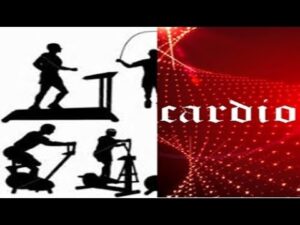
Timing of training and cardio, my programing for the week, fasted cardio vs not fasted cardio

What is Anaerobic Exercise? Benefits of Anaerobic training and workouts

Alprazolam, Ansiolitico
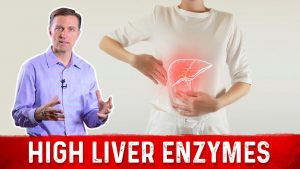
The Main Causes of High Liver Enzymes & Non-Alcoholic Fatty Liver Disease – Dr.Berg

Zumba Cooldown / Stretch – Let me Love you (Remix)

How to use Accu Chek Active Blood Glucose Monitoring system | Accu Chek Demonstration
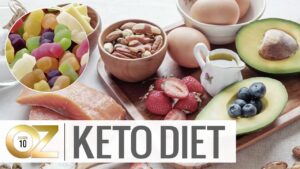
Sugar Free, Low Sugar Video – 18

Vitamin B7 | Deficiency | Biotin | Hair fall | MudeserAliFitnessPro | Nutritionist
B Complex Supplement
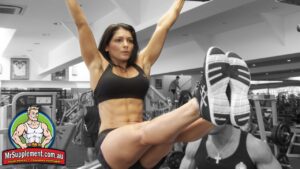
Marika Magriplis’ Ab Workout
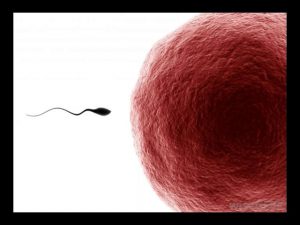
What Is the Difference between Sperm and Semen

What’s Inside A Pimple?

Angina pectoris treatment, drugs, mechanism and adverse effects ?
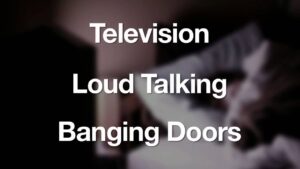
Sleep Video – 2

How To: Close-Grip Barbell Bench Press

How to Do a Dumbbell Tricep Extension | Arm Workout

Food Antioxidants and Cancer

How Do You Get Pregnant? | Planned Parenthood Video

Science – Human Skeletal System Overview (Basics ) 3D animation

5 year old’s speech on human skeletal system
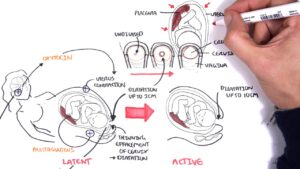
Obstetrics Video – 1
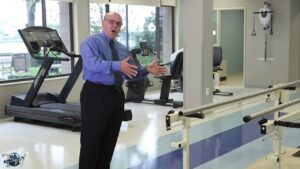
Geriatric Physiotherapy Video – 7
